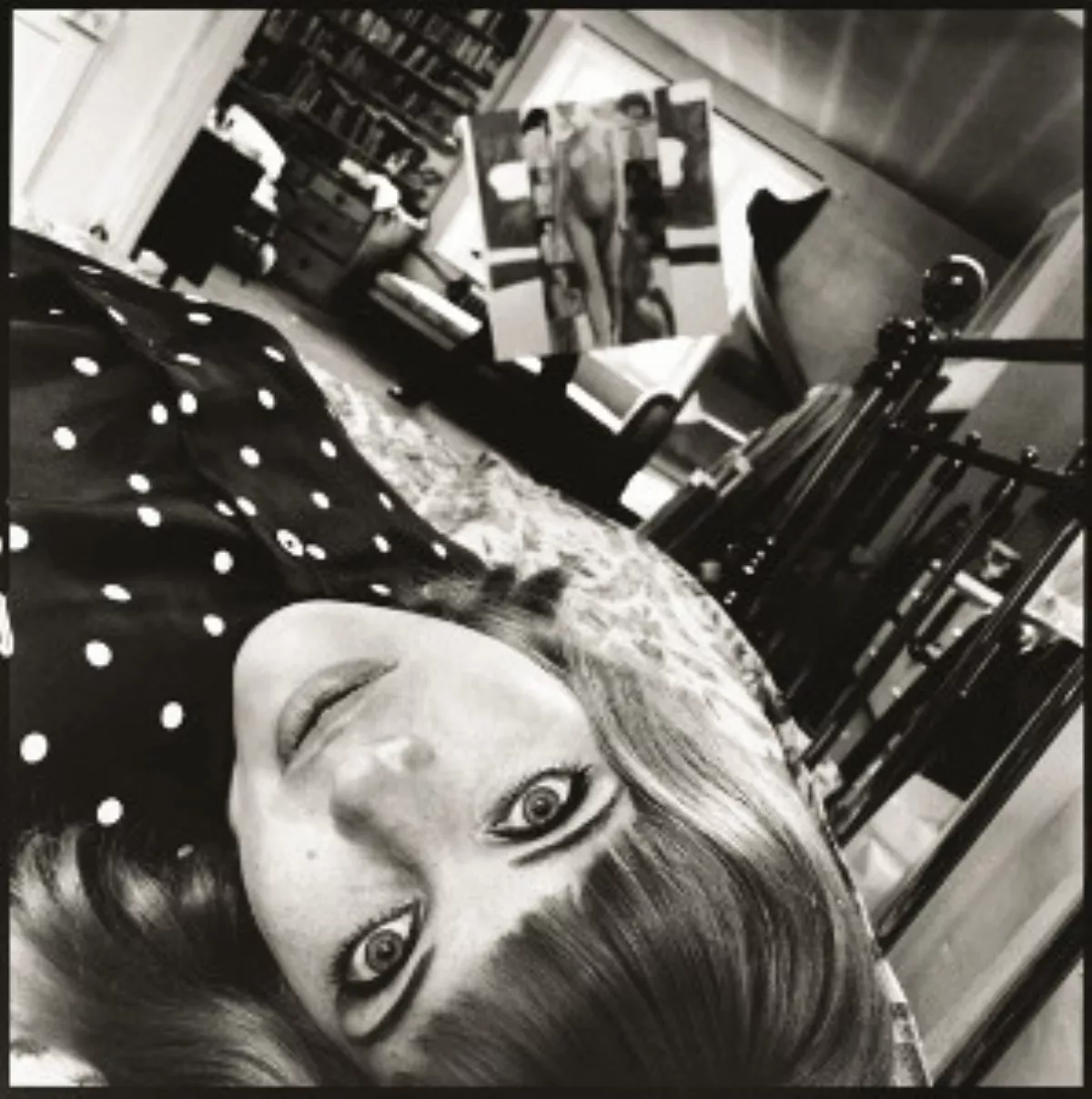 1.
1. Pauline Boty was a British painter and co-founder of the 1960s' British Pop art movement of which she was the only acknowledged female member.

 1.
1. Pauline Boty was a British painter and co-founder of the 1960s' British Pop art movement of which she was the only acknowledged female member.
Pauline Veronica Boty was born in Carshalton, Surrey, in 1938 into a middle-class Catholic family.
Pauline Boty earned an Intermediate diploma in lithography and a National Diploma in Design in stained glass.
Pauline Boty's schoolmates called her "The Wimbledon Bardot" on account of her resemblance to the French film star Brigitte Bardot.
Pauline Boty's work showed an interest in popular culture early on.
Pauline Boty studied at the School of Stained Glass at the Royal College of Art from 1958 to 1961.
Pauline Boty had wanted to attend the School of Painting, but was dissuaded from applying as admission rates for women were much lower in that department.
Pauline Boty continued to paint on her own in her student flat in west London and in 1959 she had three more works selected for the Young Contemporaries exhibition.
Pauline Boty sang, danced, and acted in risque college reviews, published her poetry in an alternative student magazine, and was a knowledgeable presence in the film society where she developed her interest, especially in European new wave cinema.
Pauline Boty was an active participant in Anti-Ugly Action, a group of RCA students involved in the stained glass, and later architecture, courses who protested against new British architecture that they considered offensive and of poor quality.
Pauline Boty was at her most productive two years after graduating from college.
Pauline Boty landed roles in an Armchair Theatre play for ITV directed by Philip Saville and an episode of the BBC series Maigret.
Pauline Boty appeared on stage in Frank Hilton's comedy Day of the Prince at the Royal Court, and in Riccardo Aragno's Afternoon Men at the New Arts Theatre.
Pauline Boty exhibited in several more group shows before staging her first solo exhibition at Grabowski Gallery in the autumn of 1963.
Pauline Boty's marriage disappointed others such as Peter Blake and her married lover, the television director Philip Saville, whom she had met towards the end of her student days and had worked for.
Pauline Boty's paintings did become more overtly critical over time.
Pauline Boty refused to have an abortion and refused to receive chemotherapy treatment that might have harmed the foetus.
Pauline Boty continued to entertain her friends and even sketched The Rolling Stones during her illness.
Pauline Boty's daughter, Boty Goodwin, was born on 12 February 1966.
Pauline Boty's work was rediscovered in the 1990s, thanks to curator David Mellor and academic Dr Sue Tate, renewing interest in her contribution to Pop art, and gaining her inclusion in several group exhibitions and a major solo retrospective.